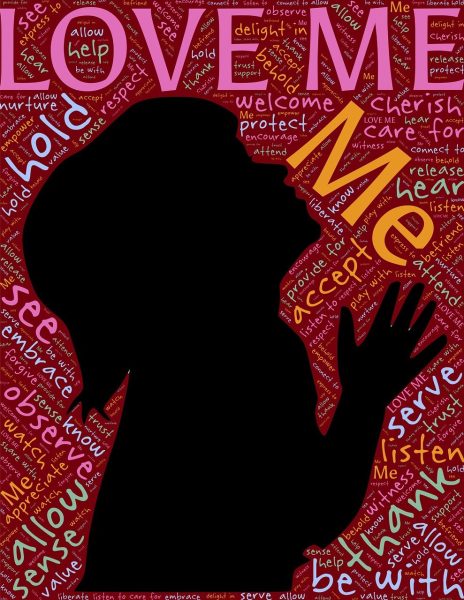Tell Us How You Really Feel
Room for Debate: Free Speech
While junior year could be described as something akin to purgatory, one of my daily reprieves was APUSH. I felt consistently fascinated by the history I had never before uncovered, the different processes I had never before understood, and so on and so forth. But by and large my favorite unit had to be the one we spent combing over landmark Supreme Court cases.
It was simple: Mr. Cahill gave us a short description of the problem, and then, individually and as a class, we discussed how we felt the nine justices would have handled it. Although I was wrong about four out of five times in my judgment, one case in particular surprised me. The principal of a high school in St. Louis County, Missouri objected to two articles being published in a school-sponsored newspaper run by the journalism class. The pieces dealt with divorce and teen pregnancy, and the writers were effectively censored. “But free speech!” I found myself crying. Hot off the amendments unit, I felt confident that these high schoolers would have been protected under the first. Though later that year, I found myself in a similar situation.
Enya Cupano and I worked together on a seemingly harmless article criticizing the school’s drop-off line and, namely, those who abuse it. For the most part, the piece was satirical. However, it was enough to halt the publication of our first 8-page newspaper when it got turned down by Dr. Davenport.
This is the issue when it comes to school-sponsored periodicals. If The Rhinebeck Reality were a publishing body independent from Rhinebeck High School, it would never have mattered whether or not Dr. D found my article subversive and guilty of targeting specific groups. Hazelwood School District v. Kuhlmeier (the newspaper’s editor), nevertheless, set forth the precedent that if schools support a newspaper financially, they have an interest in preventing published articles they find inappropriate.
In the same way, the Instagram page run by members of the Student Council (@rbkstudentcouncil) had to remove the RHS hawk logo as its profile picture because it was not, in fact, sponsored by the school; thus, its content did not reflect the school’s beliefs and opinions, and the administration did not want them to be interpreted as such.
At the end of the day, however, I contend that Kuhlmeier’s situation was markedly distinct from Enya’s and mine. In addition to the clause that Hazelwood School District was the newspaper’s sponsor, it was also argued that the paper was not a public forum. Rather, the paper was run by the high school’s journalism class and, consequently, was not a space in which everyone could share their opinions. That has never been the case with The Rhinebeck Reality; someone easily could have written and published a dissenting opinion alongside ours. The newspaper could have even pushed nine pages.
“Students shall understand that the high school newspaper is in no way a freelance publication,” as the school’s student publication policy clearly describes. And so Enya and I eventually did publish our drop-off line piece. After, of course, changing its pronouns from “you” to “we,” boosting the article’s ethos as we simultaneously gutted its comedic appeal, and then including a disclaimer at the beginning.
We are encouraged to speak our minds, but not at the risk of offending anyone. And while I believe the integrity of our school’s journalism has yet to be compromised, “[advancing] a selfish interest of any group or clique of students and/or faculty; or [attacking] individuals or groups” strikes me as a vague safeguard, leaving much to the imagination. What is a selfish interest? What qualifies as an attack? Whatever the case may be in terms of free speech on school grounds, one fact remains clear: you have more freedom as a student writer than as a student journalist. Our first amendment right is there, but concessions will have to be made. The fun part is finding out to what extent.





